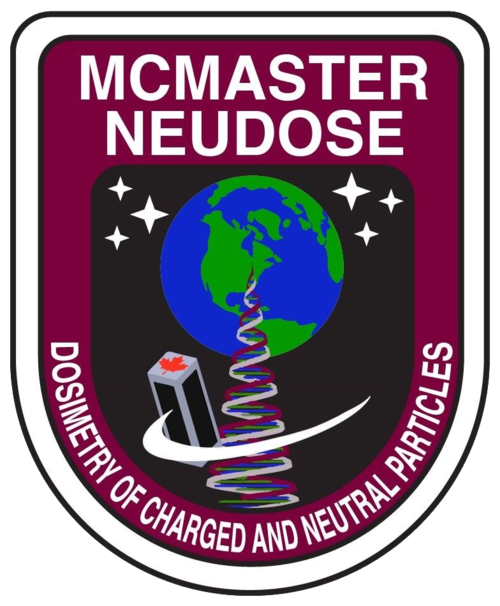Tonight was our first meeting of the year and it was quite a productive one! We are one step closer to space, and we look forward to sharing more of our work with you along the way!
Swagelok Connection!
Anti-Coincidence Detector Coating
When charged radiation interacts with the Anti-Coincidence Detector (ACD) in our radiation detector system, light is produced. This light is collected and analyzed to determine characteristics of the incident radiation. Since the light could possibly leave the detector system, the ACD is coated with a special paint to keep the light in, allowing for optimal efficiency. Here is Luis, an automotive & vehicle technology student, testing the opacity of the ACD using a laser.
Antenna Deployment Circuit Board
This circuit board will be attached to the satellite antenna module. At the appropriate time, this circuit board will send a signal to release the antenna, allowing for connection to the ground station on earth for communication.
Satellite Antenna Deployment
This is the baseplate of McMaster NEUDOSE's communication module. Coiled in the baseplate is the dipole antenna used to broadcast and receive signals from Earth. Following launch, the antenna will spring open, ready to communicate. Here is Ryan, a mechanical engineering student, showing the mechanism in action!
Summer at NASA
Through connections from the McMaster NEUDOSE project, two of our team members have been spending the summer working at NASA. Richard (top), a medical physics student, and Mitchell (bottom), an engineering physics student, have been working at NASA's Goddard Space Flight Center in Greenbelt, Maryland. We are very proud of the work our boys are doing!
Check out this article featuring Mitchell in the Hamilton Spectator!
Silicon Photomultipler Readout Board Part II
Earlier we learned about Silicon Photomultipliers (SiPMs) and how they are used in the radiation detection process. Above we have 32 SiPMs attached to the readout board. This board is currently being analyzed by Alex, an electrical engineering student, to test the functionality of this component of the onboard radiation detector.
Communications System
Happy Monday! I hope you all are as productive as our team evaluating the communications system designed by Jimmy, an electrical and biomedical engineering student. This system transmits and receives data from Earth while the satellite is in orbit using various satellite beacons and a micro-controller.
McMaster NEUDOSE and Vision Engineering
NEUDOSE has been using the Mantis Elite-Cam stereo microscope donated by Vision Engineering to inspect circuit boards and small satellite components. To learn more about this collaboration, check out this article!
Silicon Photomultiplier Readout Boards
When radiation interacts with the Anti-Coincidence Detector (ACD) onboard the NEUDOSE satellite, light is emitted. Silicon Photomultipliers (SiPMs) amplify this light and turn it into an electrical signal for processing. Shown above are different SiPM readout board designs that will be used for testing purposes.












